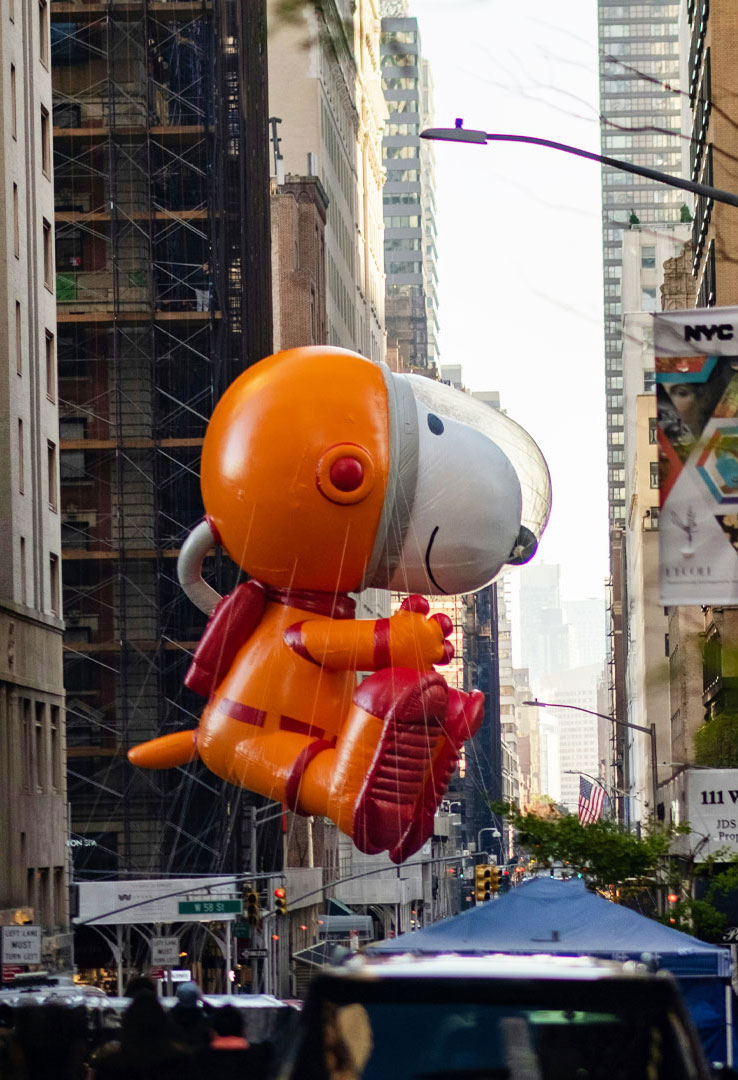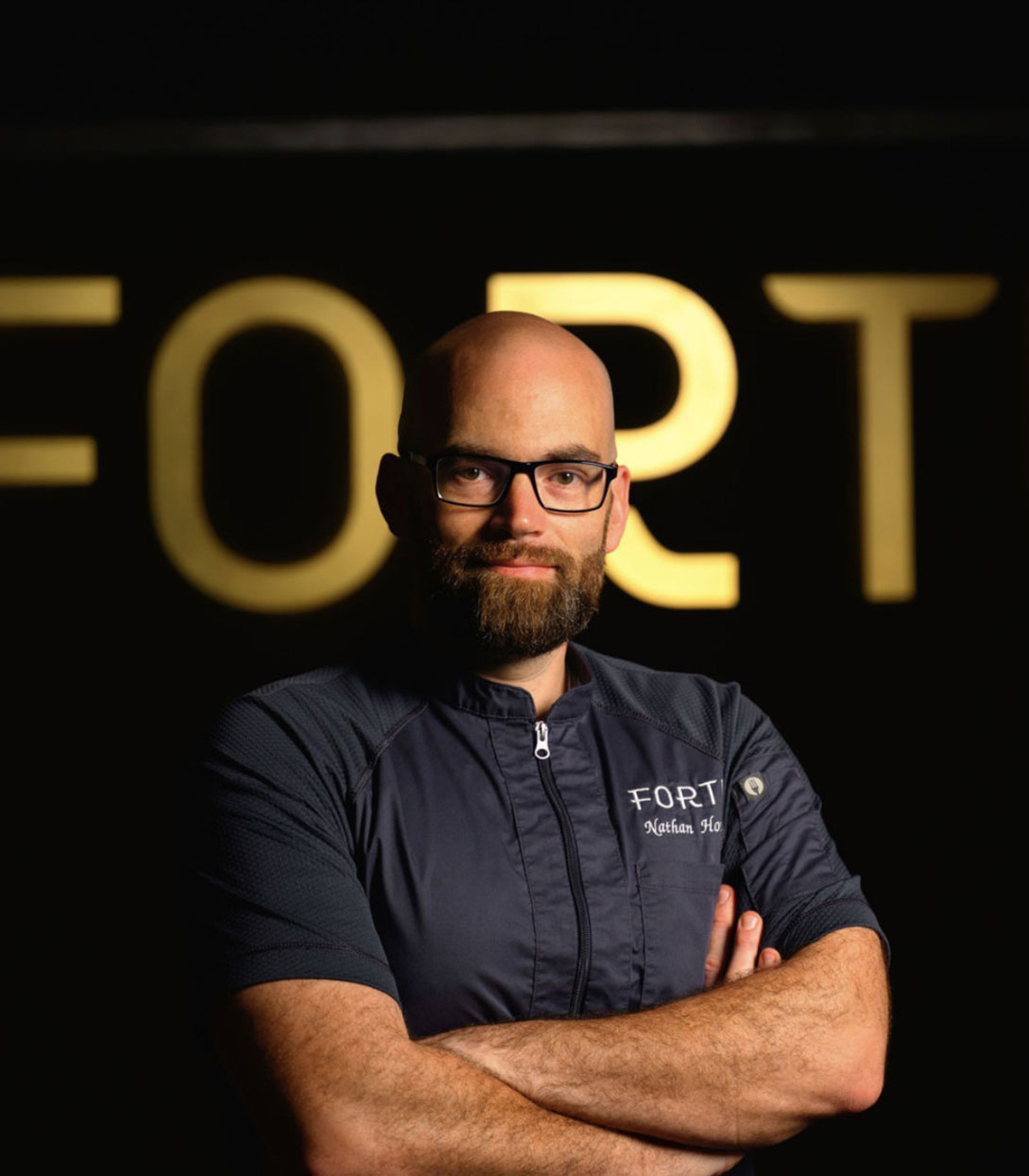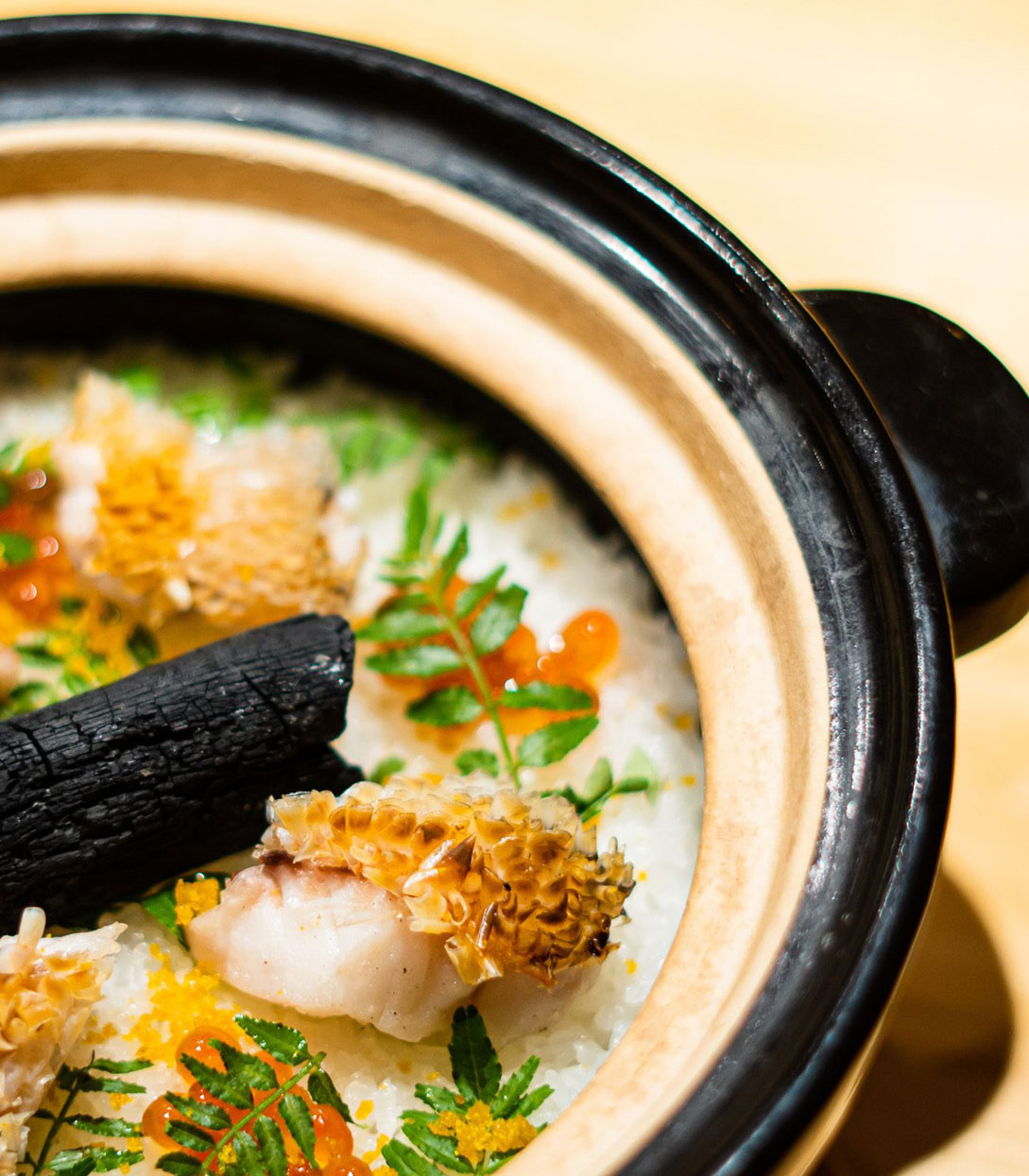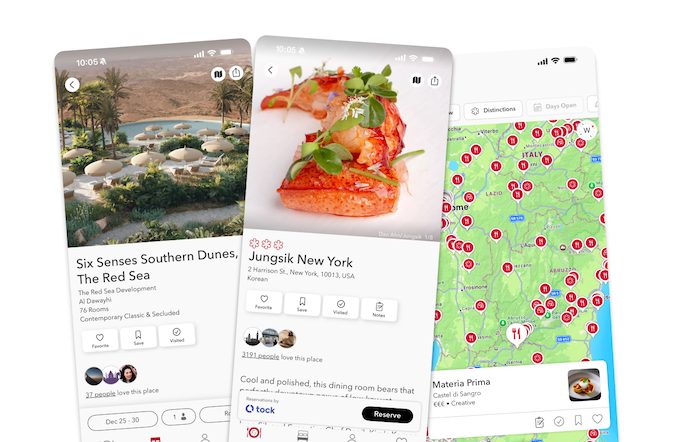Situated in British Columbia on Canada’s picturesque west coast, Vancouver’s unique position on the Pacific Ocean affords it some of the best seafood on the planet. With a focus on sustainable practices, fresh ingredients, and embracing the city’s rich cultural diversity, it’s no wonder Vancouver has established itself as one of the world’s leading seafood destinations.
Chefs at Vancouver's hottest restaurants agree: When it comes to fish, Vancouver has a unique edge. “Our proximity to the water, combined with the quality of our local fisheries and the strength of our relationships with suppliers gives us an advantage few places can match,” says Dennis Peckham, Corporate Executive Chef at Riley’s Fish & Steak.
Malindi Taylor, co-owner of Fanny Bay Oyster Bar, adds, “Our access to world-class seafood sets us apart. [British Columbia] has long been known for its incredible local seafood and I think people recognize the quality, as well as the historical and cultural significance seafood has played on our coastal and indigenous communities.” With that in mind, it’s important to note that Vancouver’s seafood scene isn’t just delicious – it’s also deeply rooted in place, culture and history.
“Seafood is treated as both celebratory [and] as an integral part of daily life here in Vancouver. It can be as casual as a bowl of clams or as fancy as a perfectly plated piece of halibut, but either way it's something that is respected as a special slice of life on the west coast,” Taylor shares.
Here, we’ll dive into the factors that make Vancouver a globally recognized seafood hub, and highlight some of the must-try dishes according to local chefs.
Sustainability practices are top of mind
When it comes to seafood, Vancouver is serious about sustainability. According to Christina Callegari, Senior Coordinator of Marine Programs at the Ecology Action Centre, “We want future generations to enjoy the seafood we have today, but issues of overfishing, gear and farming practices that hurt ocean ecosystems, illegal fishing, interactions with sensitive species and bycatch (the unwanted fish that ends up in nets for example) and more are threatening this future and the continued livelihoods of coastal communities.”
Luckily, there are several programs in place to address these challenges and ensure that seafood practices remain as environmentally responsible as possible. Callegari explains, “SeaChoice acts as a watchdog for seafood sustainability in Canada. Through our platform, Seafood Progress, we have led the shift toward improving sourcing policies among major grocers and seafood brands, which is a significant amount of the seafood being purchased and sold in Canada. We also focus on traceability and labelling, where we are trying to make seafood more transparent for consumers. It is difficult to make a sustainable choice if you don't have the information to do so.”
Local seafood restaurants keep sustainability in mind when creating their menus and make every effort to employ ethical practices. As Yuwa owner and restaurateur Iori Kataoka puts it, “We choose suppliers who support responsible harvesting and traceability. Our menu is designed to adapt to what’s available locally, rather than relying solely on imports. More chefs are emphasizing sustainability, and there’s a movement to showcase lesser-known species instead of just the ‘big name’ fish…Diners are increasingly open to experiencing the true seasonal variations of the fresh catch — both local and imported.”
Across Vancouver, other restaurants embrace their own unique approaches to sustainability. Bravo, for one, has implemented a zero-waste program. According to Head Chef and Partner Jonah Joffe, the team strives to use the entire fish in their dishes. “For example, every part of the salmon we bring in is used for our crudo. The loin & belly are served for the crudo while the collars are cooked on coals over the Konro grill. The trim is used for our feature salmon croquettes. We make stocks, garum sauce, and fish skin crisps. Our goal is always to use the whole fish and eliminate waste.”
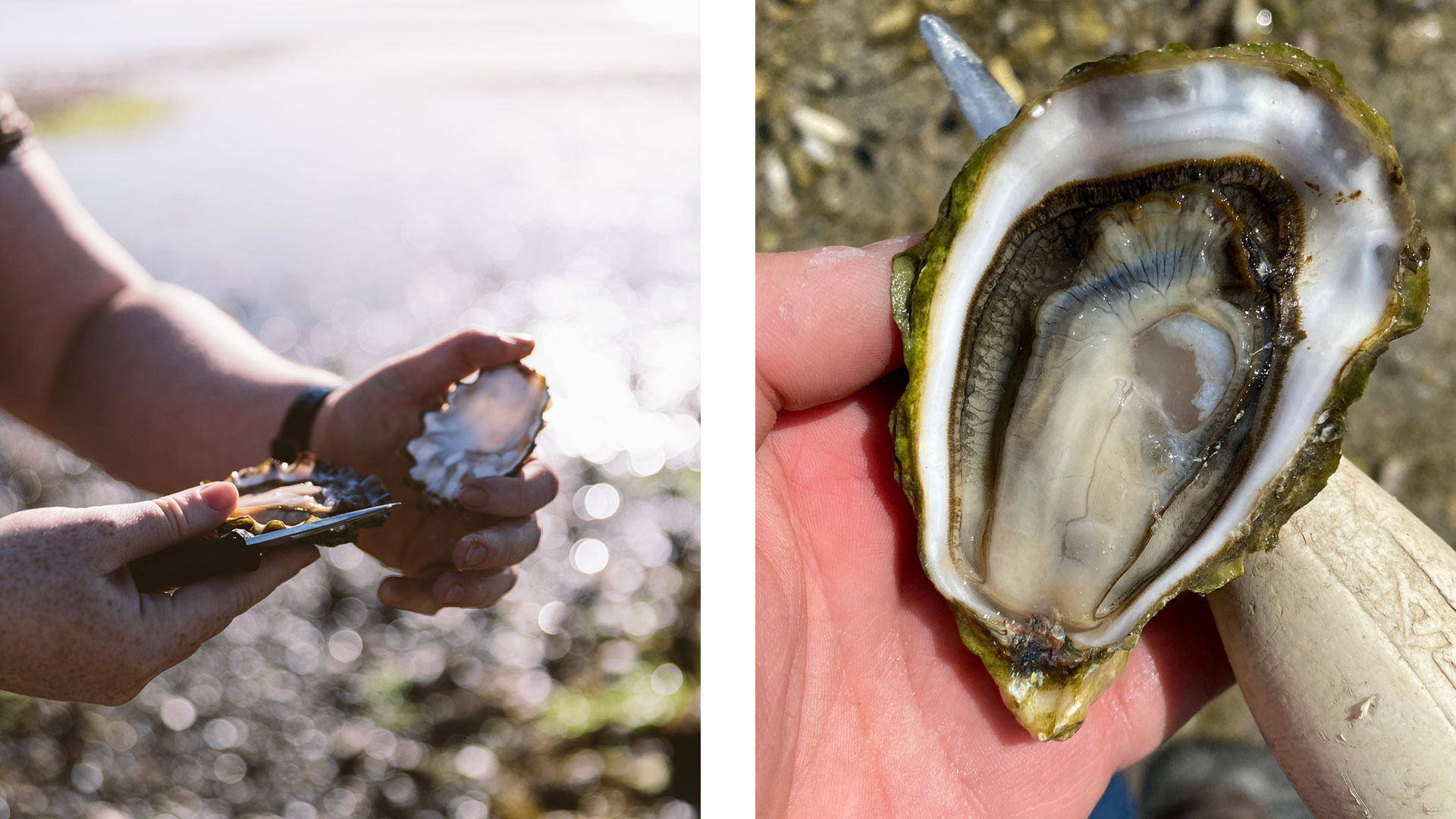
Diversity is key
Another defining quality of Vancouver’s vibrant seafood scene is cultural diversity. As a global hub, chefs here pull inspiration from the eclectic mix of cultures found in the city to influence their menus.
Ma shares, “I think what sets us apart is being positioned along the Pacific Rim and having influence from our multicultural community. We see great chefs who cook with knowledge and expertise from their home countries, which has really helped shape the recipes and palates of Vancouver’s cuisine. A great example is Chef Hidekazu Tojo; his iconic Vancouver restaurant, Tojo’s, invented the California roll back in the 1980’s.” He also points out that Vancouver boasts a new wave of local chefs who have honed their skills abroad and returned with high-level techniques they now incorporate into their cooking.Kataoka adds that Vancouver “offers a rare mix of an urban, multicultural dining scene with immediate access to incredible Pacific seafood. We can serve world-class, sushi-grade fish that was caught locally. Diners here also appreciate both classic and innovative approaches to seafood.” At Yuwa, she and her team seek to integrate Japanese traditions into local specialties. Kataoka shares, “We start with a deep respect for Japanese techniques and then look at how local seafood can shine within them. Sometimes the innovation is subtle — like pairing local fish with regional sake or using local citrus instead of imported yuzu when appropriate.”

Vancouver’s seafood is fresh
The freshness of Vancouver’s seafood is second to none. Seasonality also plays a key role in how local restaurants design their menus, highlighting the natural freshness and quality of the cuisine. At Riley’s, “Our menus are often shaped by what the industry offers us on any given day. If a supplier reaches out with something exceptional, we’ll adjust our features immediately to showcase it. When developing new dishes, our first question is always: What’s fresh and in season right now? In that way, the seafood industry often sets the tone for our creativity — we just tailor it to fit our concept,” says Peckham.
Yuwa takes a similar approach, printing their menu daily in order to adjust flexibly to seasonality and ensure their seafood is consistently at peak quality. And at Boulevard Kitchen & Oyster Bar, Executive Chef Roger Ma stresses the importance of strong relationships with their local producers and fishermen: “It all comes down to seasonality, availability, global market demands, exchange rates, rules and regulations…But most importantly, [it’s about] trust with our suppliers and fishermen who [provide] us with what is best to serve at any given moment,” he shares.
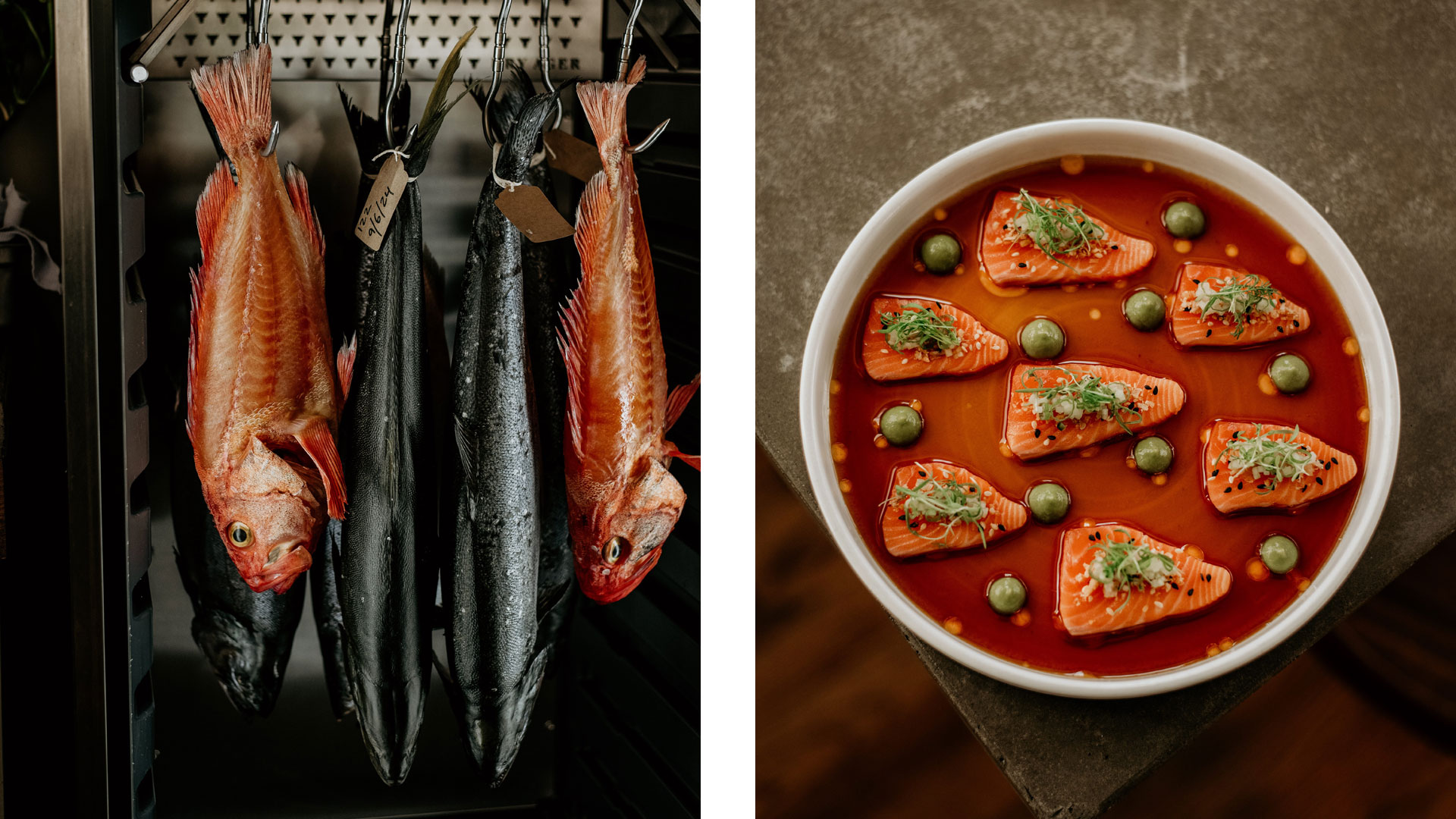
Dish spotlight
These are the dishes the top local chefs say seafood lovers can’t miss when visiting Vancouver.The seafood tower from Boulevard comes highly recommended from a number of the city’s top chefs, so you know it’s a must-try. Chef Ma shares insight into his standout dish, stating, “I believe that our iconic seafood tower really represents Vancouver’s seafood in a way where you get to sample a little bit of everything. The stars of the show are the fresh west coast oysters that are sourced locally about 100 kilometers away from Fanny Bay on Vancouver Island. We then have four composed seafood dishes featuring local albacore tuna tataki, honey mussels escabeche, Dungeness crab Louie and smoked steelhead salmon. Each dish is thoughtfully put together and highlights the natural sweetness and umami of the seafood.”
“Every seafood lover needs to try local geoduck clam before leaving Vancouver,” Ma continues. “It may look strange, or funny, however it is such a treat to eat.”
Spot prawns are another local favorite that come highly recommended by a number of Vancouver’s chefs. “Every year, we wait eagerly for the [spot prawn] season to start. I’ll get a call from our supplier in the morning, and by happy hour, they’re on the menu. That’s the kind of immediacy and freshness that defines seafood in Vancouver,” Peckham shares.
And if you’re looking to try lesser-known dishes while you’re in the area, you won’t want to miss local sea cucumber and Pacific octopus. Ma explains, “Local sea cucumber is a product that is very popular in the Asian community, [and it’s] usually braised in stews. It has a unique texture and flavor that [is so] delicious. The intestines have a texture like razor clam and is served in certain paellas in Spain. It may take some time and more familiar types of preparation to appeal to the mainstream, but I do recommend any seafood lover try it at least once!”
Peckham chimes in, “Pacific octopus is still a bit underappreciated locally, and it’s one of my personal favorites. It’s sustainable, versatile, and has an incredible texture and mild flavor. I especially love it slow-braised and then finished over a hot grill for that beautiful char on the outside — simple and absolutely delicious.”
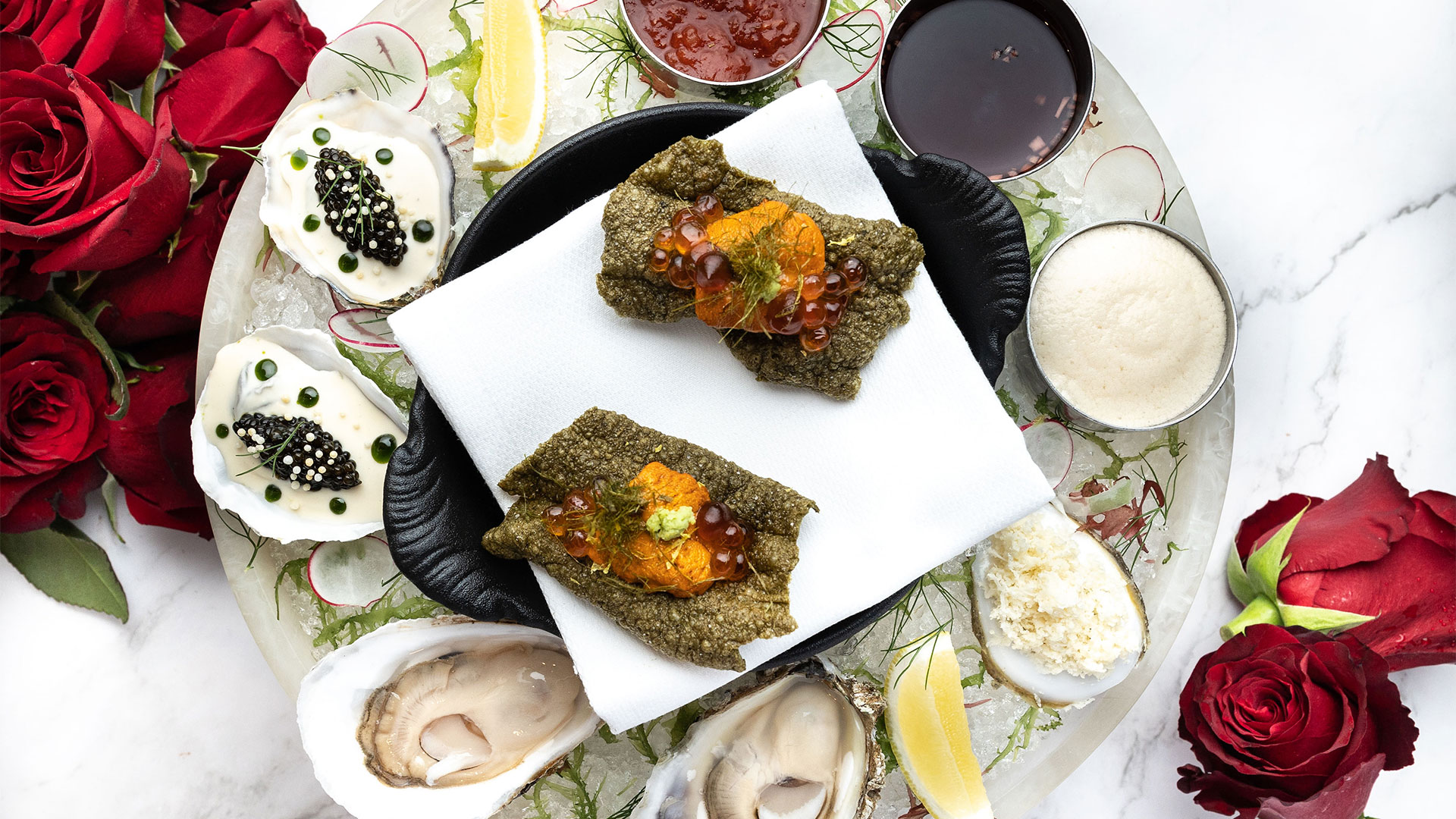
Hero image: Leila Kwok / Fanny Bay Oyster Bar
Thumb image: Leila Kwok / Boulevard Kitchen & Oyster Bar



